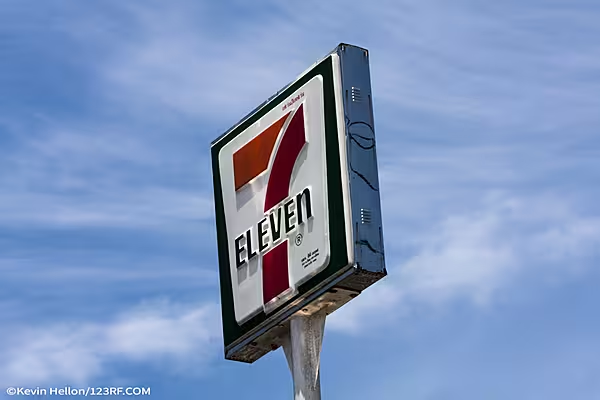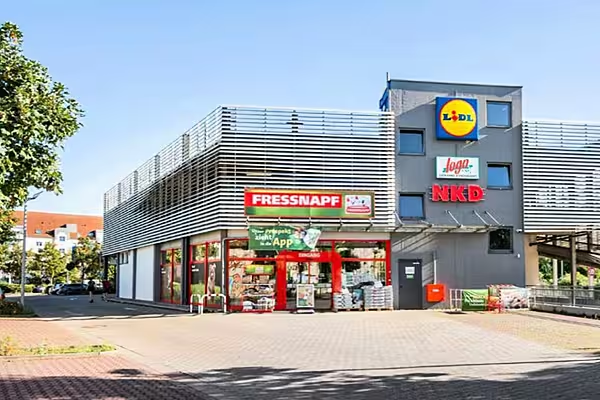The Dutch have long been masters of land reclamation, with around 17% of its current land mass claimed back from the sea.
Now however, the country is witnessing a different type of 'race for space', with a new study by LocatUs indicating that the total retail floor area of supermarket space in large cities across the Netherlands has risen by a third (32.7%) since 2004.
As trade publication Distrifood reported last week, total supermarket space in large cities is now at 4.4 million square metres, up from 3.3 million square metres in 2004.
City By City
The biggest increase is in Eindhoven, which is the city with the biggest supermarket sales area - 324 square metres per 1,000 inhabitants, up from 218 square metres - an increase of 48.6%.
Rotterdam has also seen a significant increase in supermarket space (+48.1%), rising from 154 square metres of supermarket space (per 1,000 inhabitants) in 2004 to 228 square metres today.
Breda, the location of the initial Jumbo Foodmarkt concept, which opened in 2013, has also seen a marked increase in supermarket space in the period, by 43.5%.
After Eindhoven and Rotterdam, the cities with the highest supermarket sales area per 1,000 inhabitants are Apeldoorn (288), Breda (274), Enschede (274), Den Bosch (269) and Arnhem (267).
Amsterdam, however, has seen growth of just 14.5% in the period, with 205 square metres per 1,000 inhabitants (up from 179 in 2004) dedicated to supermarket space, while The Hague is the only city in which the total is below 200 square metres (197 square metres, up from 149 - an increase of 32.2%).
Gronigen (+13.7%) and Nijmegen (+6.1%) are other cities that have only seen marginal growth in this period.
Retail Vacancies
A separate study by LocatUs has found that retail vacancies in the Netherlands fell last year for the third consecutive year, an indication that Dutch shoppers remain loyal to bricks and mortar outlets.
At the end of 2017, the vacancy rate was 7.0%, the company found, which is a drop of 0.2% on the start of the year. In concrete terms, this means that a total of 600 fewer buildings are currently vacant than at this time last year.
Vacancy has also decreased in practically all Dutch provinces, with just Flevoland (where vacancies increased by 1.03%) and Zeeland (where vacancies were up by a marginal 0.14%) bucking the trend. The biggest decline in vacancies was seen in Overijssel (-0.60%) and Limburg (-0.58%); the latter, however, is the province with the highest vacancy rate overall (10.05%).
This recovery, LocatUs suggests, is more pronounced in larger cities, with vacancy levels 'almost at the level of before the crisis' in the 17 largest cities across the Netherlands. In medium-sized and rural cities, however, vacancy levels are rising slightly, an indication that the growth in occupancy is largely being driven by the major population centres.
Overall, however, it's an indication of an industry in rude health, and with such a heightened competition for market share among the major players, this exponential growth unlikely to show any sign of slowing down in the short to medium term.
© 2018 European Supermarket Magazine – your source for the latest retail news. Article by Stephen Wynne-Jones. Click subscribe to sign up to ESM: The European Supermarket Magazine














